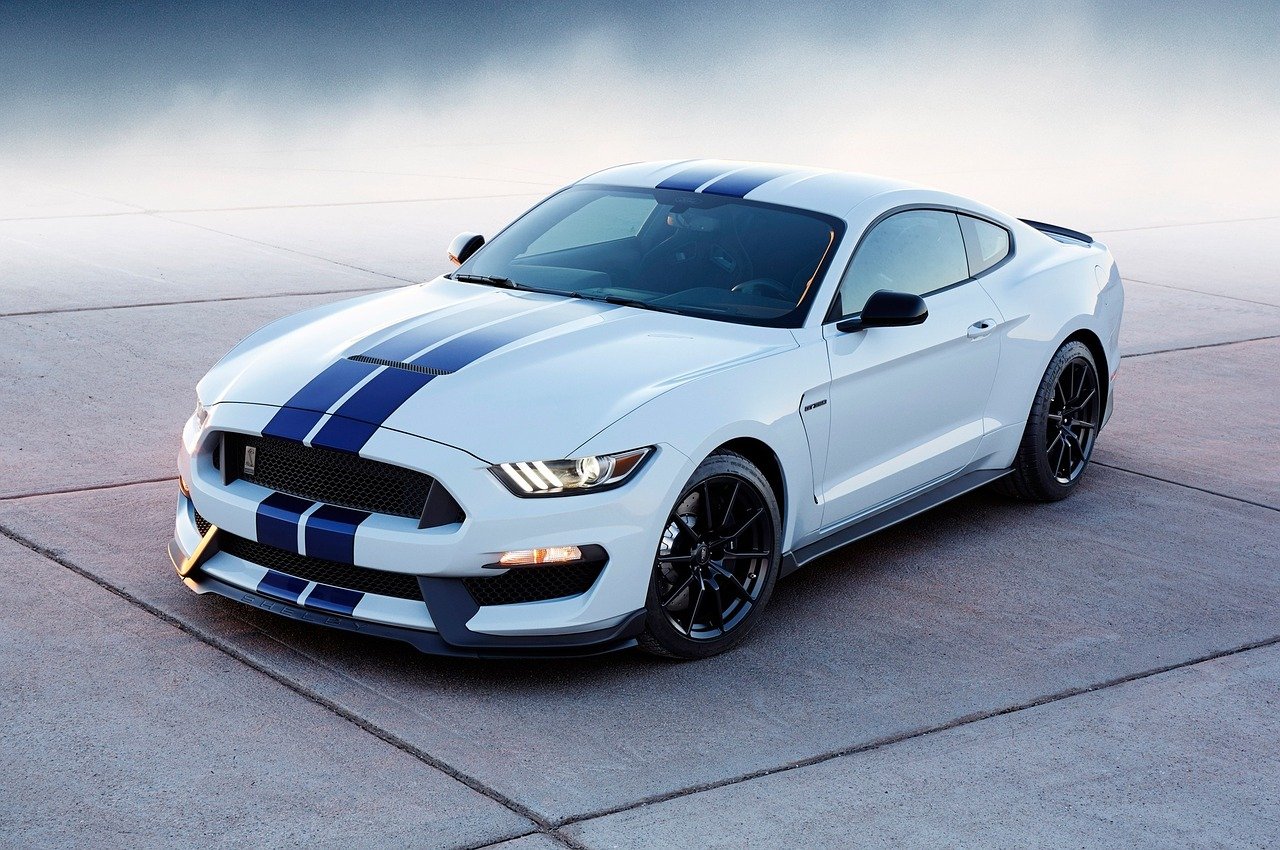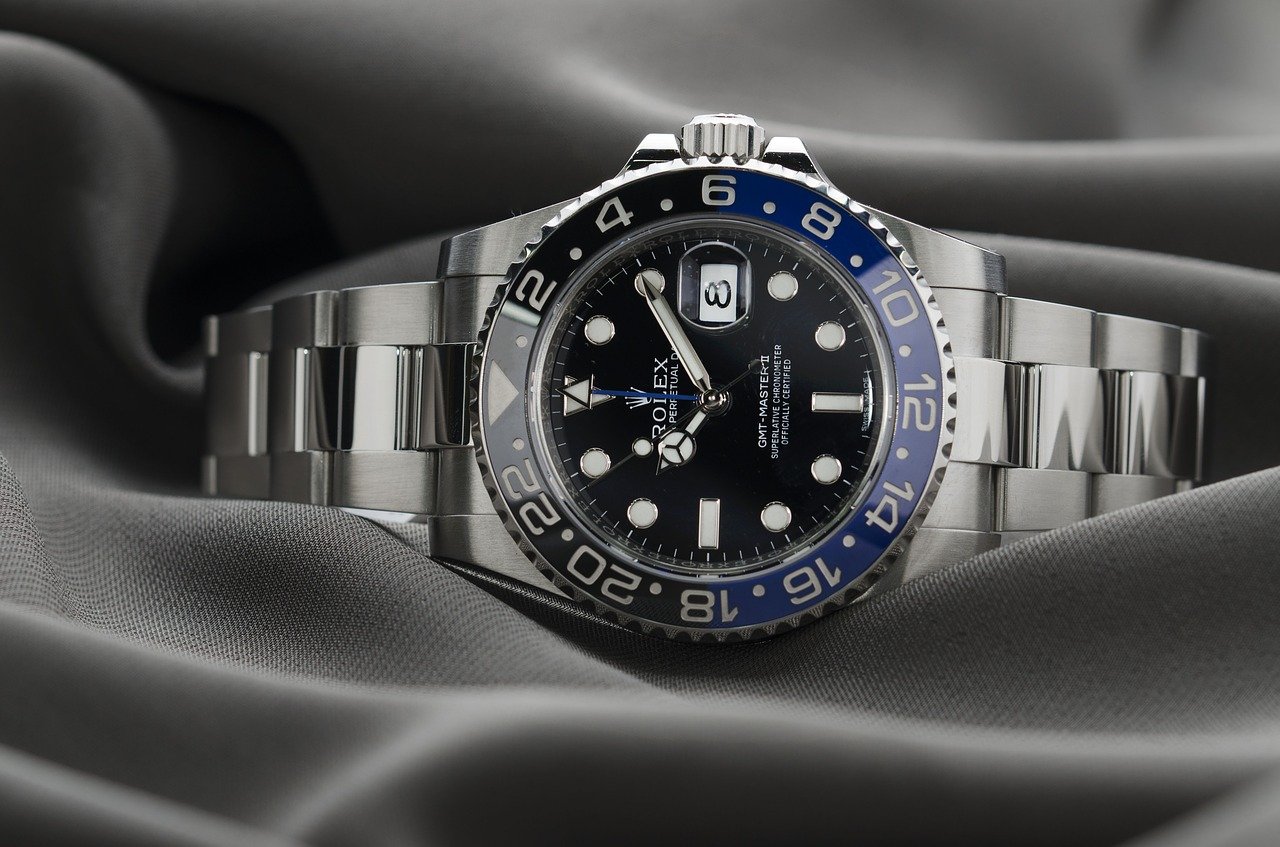The 5 P’s To Branding Structure And Developing Your Brand Image
With anything you try and build you must have a solid structure in place. Discover the 5 P’s to incorporate into your branding structure.
Hi Trish Davies, here, branding expert and creator of the Build Your AU training programs. As I said in my introduction anything that you attempt to create must have a solid structure in place. Therefore, what I want to focus on today is branding structure which will help to develop your overall brand image.
This post will be a very in depth and I will be making references to a lot of major international brands. These will be great examples of their branding structure, past and present, to help you develop your branding structure.
What I will focus on specifically in this post is the 5 P’s to incorporate into your branding structure. They are as follows –
- Product Names and Titles
- Product Packaging
- Positioning
- Pricing
- Penetration
Branding Structure Starts With Product Names and Titles

There are three approaches to creating product names and titles.
- Overall branding.
- Product branding.
- Hybrid branding.
Overall Branding
The first approach is to brand your overall business. Then create a string of product names and titles that reflect this branding.
For example, the “Dummies” books, such as the “Windows 10 for Dummies” and “Investing for Dummies.”
Another example are the products that Apple offer such as the iPhone, iPad, iPod and iMac. While the company brands the product alongside the name Apple, they further brand the product by creating names that start with the letter “i”.
A final example is Sir Richard Branson’s conglomerate of “Virgin” companies. Even though his companies are in different industries, such as travel and entertainment, they’re all still branded under the name Virgin. Examples include Virgin Books, Virgin Airways and Virgin Mobile.
One good reason for adopting this approach is that it allows you to focus on building one brand. Once you’ve built that brand recognition, you can apply that brand to all your related products or companies and reap the benefits. Virgin is a really good example of this strategy at work.
Product Branding
The second approach to branding is to brand each product individually, This means you don’t take the overall company brand into consideration. In other words, the individual product brand becomes more important than the company brand.
Let’s take the example of the PepsiCo Inc. This company puts a focus on branding individual products separately. A few of their beverage brands include or have included –
- Tropicana
- Sierra Mist
- Ocean Spray
- Mountain Dew
- Lipton Tea
The point here is that PepsiCo Inc doesn’t use the brand name “Pepsi” in all their beverage names. You drink Mountain Dew, not Pepsi Mountain Dew. Lipton Tea, not Pepsi Lipton Tea and you drink Ocean Spray, not Pepsi Ocean Spray.
As you might suspect, this is a bit more costly and time consuming to develop a different brand for every product you put out. However, the advantage is that it allows you to more directly compete and position your products in the market.
Hybrid Branding

The third approach to branding is the hybrid approach. This is where you display your overall company branding alongside individual product branding. The company branding allows you to tap into trust and familiarity. Then the individual product branding allows you to better position your product in the market and compete.
One good example of this is to look at car companies. Each car company brands their overall business name, such as Ford, Chevrolet, Porsche and so on. However, these car manufacturers also brand their individual cars, such as the Mustang, Corvette, and Boxster.
However, you’ll note that these individual product names are often paired with the company’s branding. So, you’ll hear people refer to –
- The Ford Mustang
- The Chevy Corvette
- The Porsche Boxster
This allows the company to tap into the consumer’s trust of Ford, Chevy or Porsche. At the same time, they are developing a branding strategy around the individual cars. This is important, because these car companies create products that appeal to different segments of the population. Therefore, Ford brands and advertises the Mustang in an entirely different way than they brand and advertise their family cars.
Once you decide on your product title or product name, then you need to think about packaging. That brings us to the next facet of branding structure.
Product Packaging
Do people judge a book by its cover? You bet they do. People often make their decision about whether to buy a product just based on the product packaging.
Just to be clear, I’m not talking about just books here. You may be selling courses, software, eBooks, videos, or anything else under the sun. Always though keep in mind that the packaging matters. People are going to form an impression of your product just based on the way it’s packaged.
Now, obviously, what you need to do is to create your packaging based on your overall branding. Branding is all about creating a feeling. Therefore, the colours and the way you’ve packaged your product need to help convey this feeling.
For example –
- You’ll recall the “Dummies” line of books I mentioned a few minutes ago. Someone who is familiar with the brand can recognize these books from 50 feet away. That’s because they all have yellow covers with a black “Dummies” banner splashed across the top of the cover.
- Take the example of Apple products, like Macs and iPhones. In all cases, you’ll see the graphical Apple not only on the product packaging, but on the product itself.
What Do You Look For?
Now think about some of the products you buy quite often. Think about your favourite drinks, cereals, laundry detergents, sweets and how they’re packaged. Chances are, they’re all-in branded packaging. They’re easy to recognize and their packaging conveys the intended feeling.
For example, Quaker Oats cereal company packages their oatmeal in the familiar red, white and blue tubs with the Quaker man logo. Everything about the packaging and branding says, “This is a wholesome cereal.” Therefore, it’s the kind of food that parents feel good about feeding to their families.

Or take the example of Budweiser Beer, which is branded as the “King of Beers.” The product packaging says, “This is a good beer, a regal beer, the king of all beers.” Of course, whether you actually agree with that is an entirely different issue. The point is everything about the packaging, from the colours to the logo to the font style, it all helps sell the beer.
Again, it doesn’t matter what you’re selling, you need to create product packages that reflect your brand. You need to create packaging that makes people feel good about choosing your product.
The next thing you need to consider is how you’re positioning your product.
Brand Structure – Positioning In The Marketplace
The next thing you need to think about is how to position your product in your marketplace. This is referred to as your brand unique selling proposition. It’s this positioning that answers the consumer’s question of “Why should I buy from you and not our competitors?”
Positioning plays into your overall branding image because your slogan is often your unique selling position.
A few minutes ago, I mentioned Budweiser which carries the “King of Beers” slogan. In just three words, that positioning statement tells prospects why they should buy Budweiser as opposed to some other brand of beer.
Brand Positioning Examples
- Avis car rental company says, “We try harder.” This is a promise to consumers that they’ll get good customer care and be satisfied with Avis.
- United Airlines used to use the slogan, “Fly the Friendly Skies.” Most people don’t think of airline travel is a particularly pleasant thing to do. Therefore, United Airlines tapped directly into this sentiment by promising travellers that they’ll enjoy their flights with United Airlines.
- Folgers coffee claims that their coffee is “mountain grown.” Truth is that most coffee is mountain grown. However, Folgers staked claim to this unique selling position by being the first to include that as part of their overall branding.
Just because you’re creating a unique selling position doesn’t mean that the factor itself needs to be unique. What it means is that you need to be the FIRST in your industry to claim that factor.
Again, look at Folgers. All of their competitors have mountain grown coffee. The difference is that Folgers was the first make the claim. Indeed, they even registered “Mountain Grown” as their trademark.
The same applies to you when you’re thinking about how to position your brand in the marketplace. You don’t have to position yourself around some factor that no one else in your market has touched. You just need to be the first to really claim it among your competitors, which usually means incorporating it into your brand.
Pricing Within Your Branding Structure
Your customers have certain expectations when it comes to product pricing. One thing that really influences their expectations is how you’ve developed your brand. If your brand is somehow tied to pricing, then you better take your branding image into consideration as you price your products.

For example, brands that convey a feeling of luxury, sophistication, wealth, power, prestige, tend to have high price tags. I mean think about this. If Rolex started selling $50 watches or if Ferrari started mass producing $50,000 cars, both brands would be severely diluted. Therefore, pricing is an important part of maintaining the brand.
On the flip side, some companies market their products and services as being low-cost. The retailer Walmart is a good example of this. At times they’ve even branded themselves with taglines like, “Low Prices Every Day.”
So, what happens if shoppers start finding that Walmart isn’t the low-price leader anymore? The brand gets diluted. When the brand is diluted, people lose trust. Loss of trust of course leads to loss of sales.
Still other companies don’t stake claim to having the lowest or the highest prices in their industry. Rather they claim to have the best value. One example is the hotel chain “America’s Best Value Inn,” which carries that branding right in the name of their hotels.
They may not be the lowest-priced hotel, they’re not promising low prices. Rather, they’re promising the best value. That’s why these hotels tend to have amenities such as free breakfast, a pool, a gym, microwaves in the room. Many of these hotels even accept pets. In short, they give people what they want at a very affordable price.
Point is, you need to think about how your brand is going to influence your pricing. In some cases, your brand may not heavily influence your pricing. In other cases, such as those mentioned a few moments ago, you can inadvertently dilute your brand by pricing your products incorrectly.
So, just keep in mind what your brand feeling conveys about pricing.
Penetration Is The Final Piece To Branding Structure
By penetration, I’m talking about incorporating your overall brand image into every facet of your business. This starts by developing visual and text representations of your brand, including:
- Your logo.
- Your slogan.
These two things tend to have the most influence on how you convey your brand image. That means that once you develop your logo and slogan, everything else you create will revolve around these two factors. Therefore, your brand penetrates every aspect of your business. For example –
- The colours of your logo are going to influence your web design and product packaging.
- Your branding slogan is going to influence the copy on your site.
- Your overall branding image is going to influence how you communicate with your prospects. So, whether you’re writing a blog post, a Facebook post, a Twitter tweet, your brand is going to penetrate these communications.
Now, a lot of people realize that branding comes into play when you’re designing a site or even writing sales copy. However, they don’t give much thought to how their branding is reflected in their communications. For example –
United Airlines with their “Fly the Friendly Skies” slogan seems to imply good customer care. If a customer called the airline and ended up talking to a grumpy representative, you can bet that would reflect badly on United Airlines.
If enough people started reporting bad experiences with United Airlines’ customer care, then it would dilute the impact of the brand. The point is your branding really does penetrate every facet of your business.
Thank You for Your Time
I know that this post on branding structure has been quite lengthy and I appreciate the time you have given me today. Branding structure is important and it is something that I speak about within my Build Your AU programs. To learn more about Build Your AU click here.
Helping you build your authenticity, authority, and audience.
Trish Davies
![]()
Build Your AU


Recent Comments